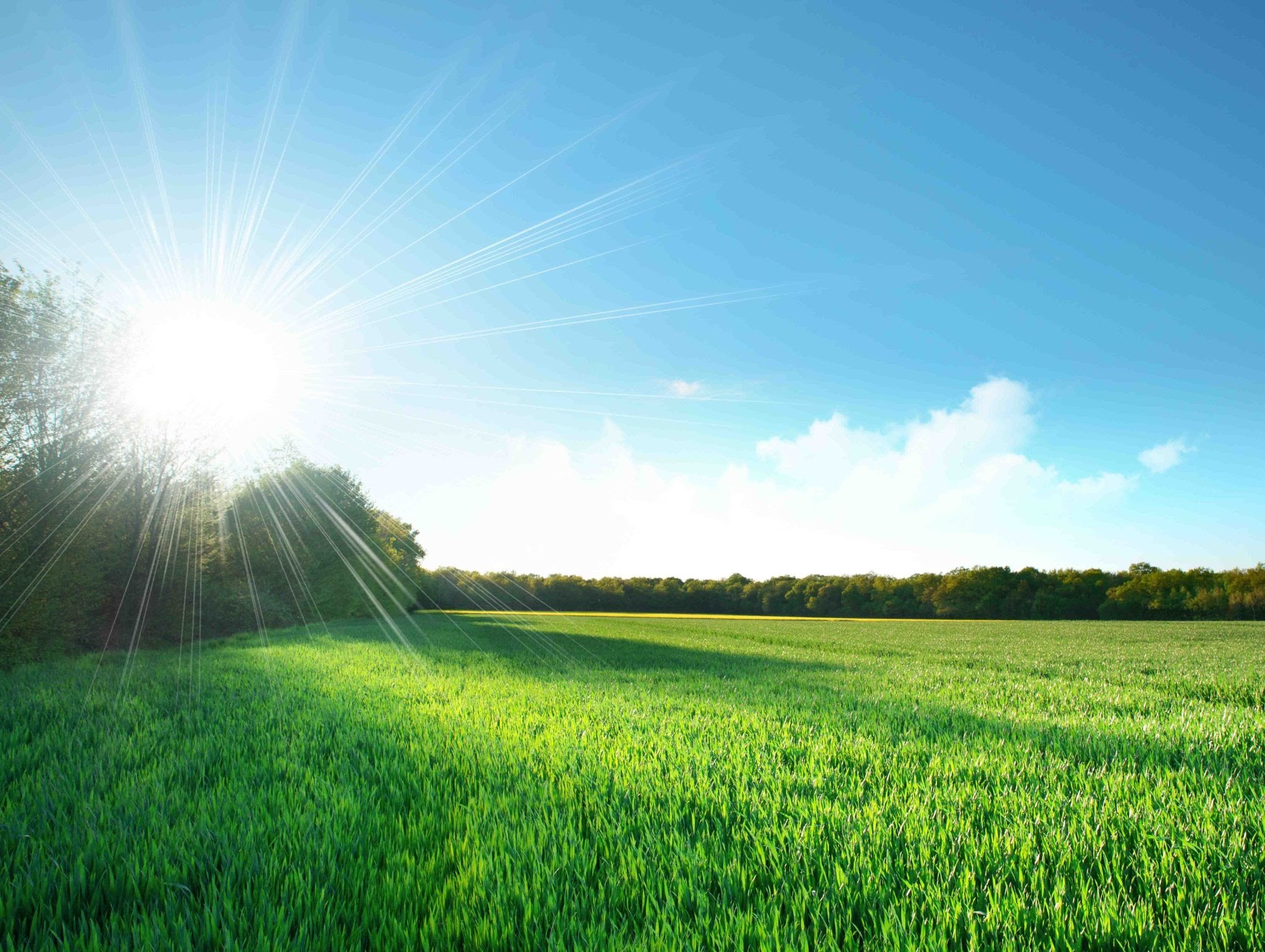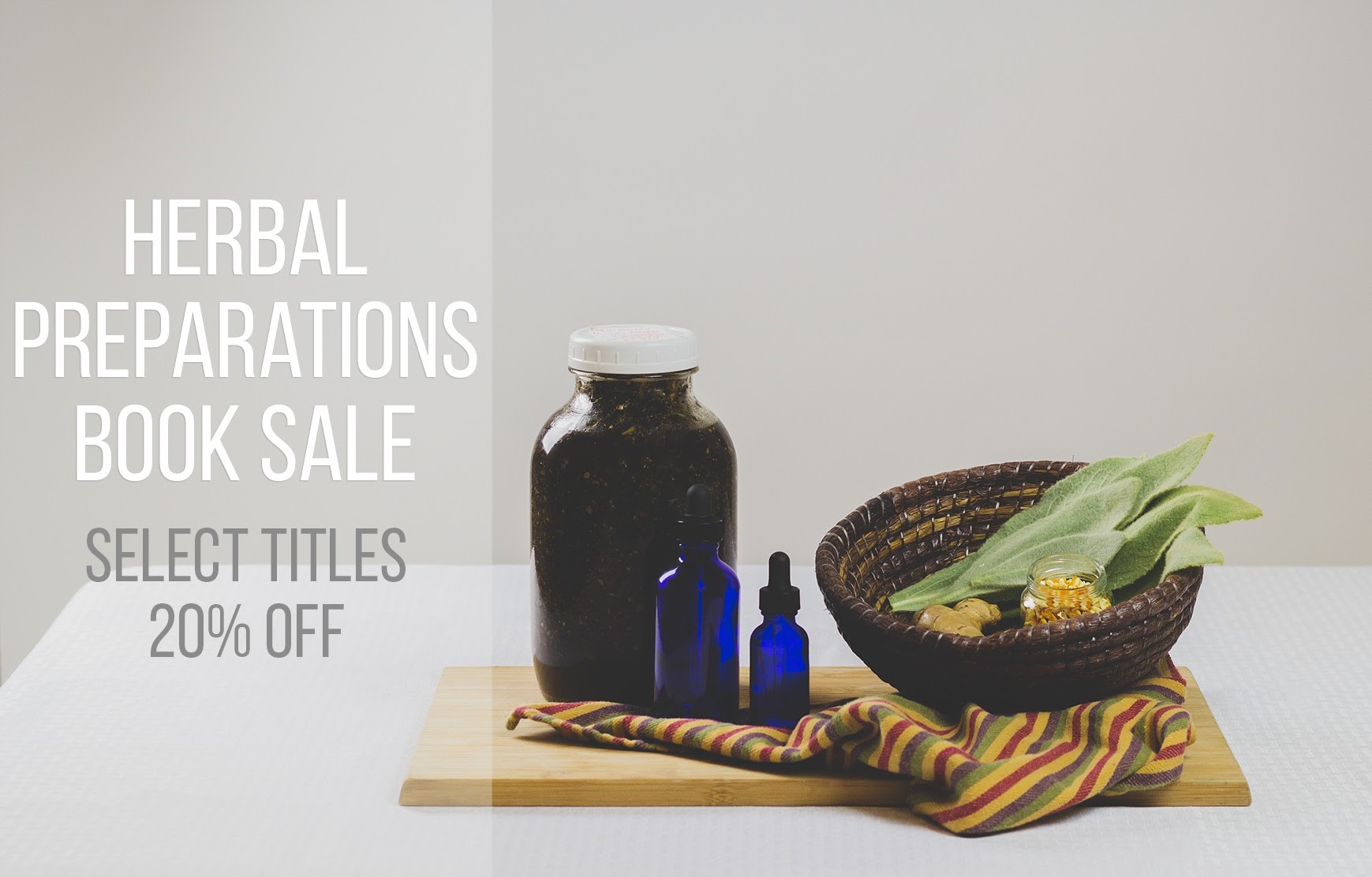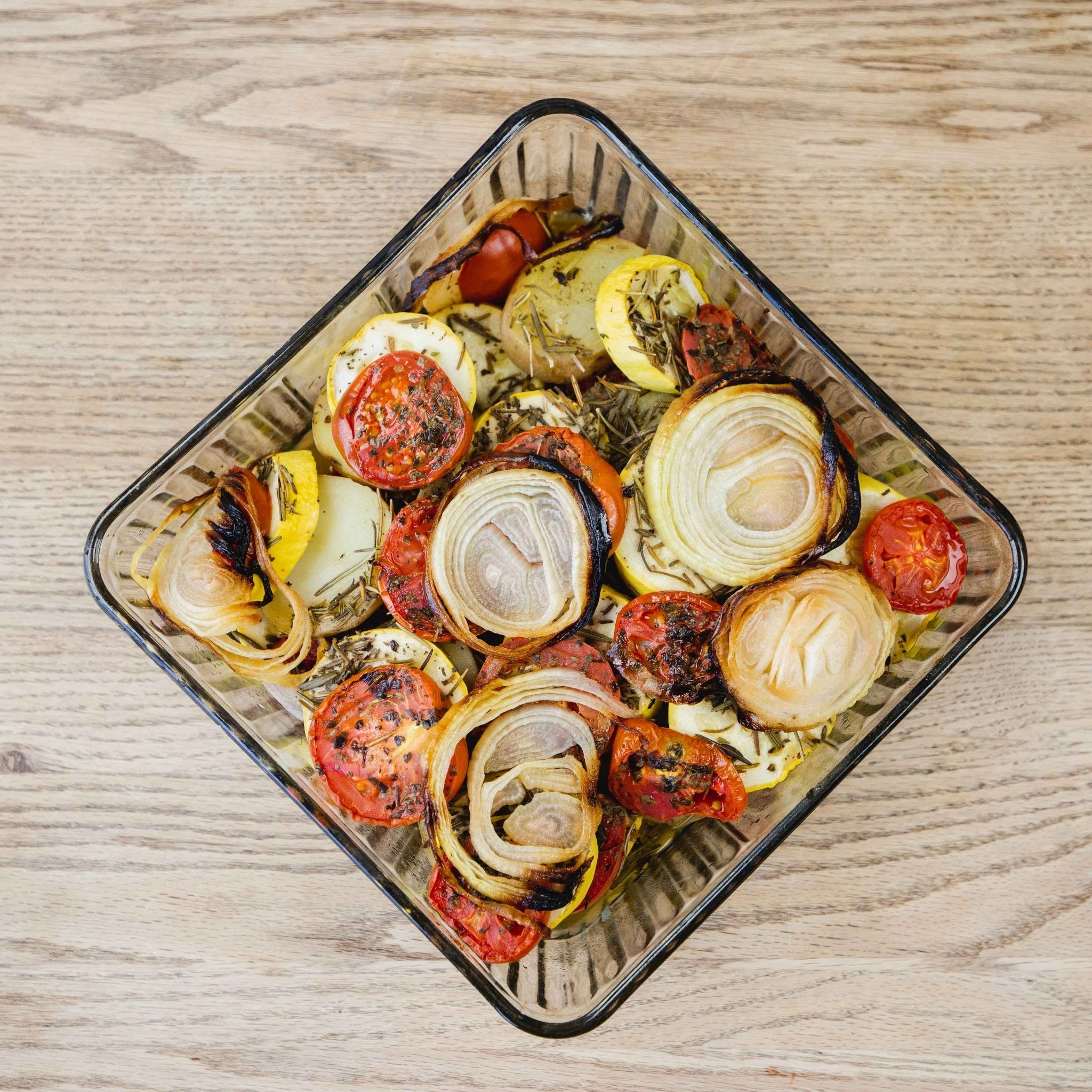How To Achieve Optimal Levels of Vitamin D
Published: Thu, 09/30/21


Sponsored by The School of Natural Healing & Christopher Publications
September 30, 2021
How To Achieve Optimal Levels of Vitamin D Joseph Kukucka, M.H.
Vitamin D has long been known to be important for strong bones and muscles. Vitamin D also helps reduce inflammation, modulate cell growth, modulate neuromuscular and immune function, and glucose metabolism1. It may also protect against a range of diseases such as Type 1 diabetes, cancer, cardiovascular disease, multiple sclerosis and autoimmune conditions,3,4.

The Covid-19 pandemic prompted a lot of research to determine why there is great variation in reaction to the virus, all the way from no symptoms to severe, long-lasting effects and even death. Clinical studies in Spain5, United Kingdom6, 7, Italy8 and Norway9 looked at vitamin D as one of the parameters and found that many patients who required hospitalization and ventilators were low in vitamin D – and the less one had, the more severe the condition.
It is estimated that 85% of Americans are low in vitamin D and it is low in people worldwide. Some reasons may be that many people work indoors or fear that sunlight will cause cancer and consequently lather up with sunscreen which blocks the UVB from the sun that interacts with our skin, which in turn makes vitamin D in our body. The sun, like any other force of nature, can benefit us or harm us if we do not respect and modulate it. Dr. Christopher recommended to slowly acclimate yourself to the sun (without sunscreen), starting with just a couple of minutes exposure, then adding a minute a day.
The body can make about 10,000IU (250 mcg – micrograms) of vitamin D in 20 minutes if you get enough sunlight. Rule of Thumb: as long as your shadow is shorter than you are, your body can make vitamin D. If you live above the 37th parallel, the sun’s rays are strong enough to help you make vitamin D from May to September.
If you can’t get adequate access to the sun, taking a supplement is the next best option. However, if you follow the RDA guidelines, you will fall short of the body’s needs. Researchers at UC San Diego and Creighton University have challenged the amount of Vitamin D recommended by the National Academy of Sciences (NAS) Institute of Medicine (IOM), stating that their Recommended Dietary Allowance (RDA) for vitamin D is much too low.10,11 Consider this: why would the body make 10,000IU if it only needs 600IU? Clinical studies have found that the average person uses about 4000IU of vitamin D per day, so a supplement of that amount would be a good dose to start with.
Health conditions such as asthma, COPD, diabetes, h eart disease, high blood pressure, cancer, Crohn's disease, cystic fibrosis, infections and immune system disorders such as multiple sclerosis, can interfere with vitamin D absorption. If you have one of these conditions, you could consult with a doctor to find out what your current levels are. 30 nano-grams per milliliter or less is considered deficient. 30 – 50ng/ml is insufficient. 50 – 70ng/ml is good. 70 – 100ng/ml is optimal.
Getting plenty of vitamin D is only the first step, it must then be metabolized and activated in order to be functional. Recent clinical studies found that high fructose corn syrup (HFCS) deactivates vitamin D, rendering it unable to do any of its necessary functions in the body, such as build strong bones and muscles, prevent diabetes, macular degeneration, autoimmune disease and enhance pathogen-fighting effects of monocytes and macrophages. HFCS didn’t exist in food or beverages until the late 1970’s, was reluctantly approved by the FDA under political pressure, and is now found in many processed foods, snacks and beverages. 12,13.14,15,16
Reduced vitamin D levels may be one of the reasons for so many Covid-19 cases in America as compared to other countries – especially when compared to those that forbid or curtail the use of HFCS. You might have an adequate supply of vitamin D, but if deactivated, it can’t support your immune system. It’s like trying to defend your home with a gun with no bullets!
Many studies going back more than ten years have found HFCS to be a contributing factor to many health issues yet manufacturers continue to use it because it’s cheap. Cost saving only benefits manufacturers. The consumer’s health pays a terrible price – especially when it reduces one’s ability to resist disease. HFCS is found in processed foods and beverages, wherever you shop. For now, “let the buyer beware” is the only warning for a substance that research and clinical studies have determined to be harmful to your health.
As you strive to optimize your vitamin D levels, your immune system will be better able to handle future pathogens. If need be, have a doctor check your vitamin D levels. Also, I urge you to read the contents of the products before buying, avoid HFCS, and get your vitamin D.
Joseph Kukucka is a Master Herbalist Graduate from the School of Natural Healing. He lives in Ohio and would be happy to answer questions via email. [email protected].
References:
1.) Vitamin D - Health Professional Fact Sheet (nih.gov)
2.) Vitamin D: Benefits, deficiency, sources, and dosage (medicalnewstoday.com)
3.) Emerging role of vitamin D in autoimmune diseases: An update on evidence and therapeutic implications - PubMed (nih.gov)
4.) Vitamin D | The Nutrition Source | Harvard T.H. Chan School of Public Health
5.) www.theolivepress.es/spain-news/2021/02/15/spanish-study-finds-vitamin-d-reduces-covid-19-deaths-by-60/
6.) www.bmj.com/content/369/bmj.m2475
7.) Vitamin D determines severity in COVID-19 so government advice needs to change, experts urge: Researchers point to changes in government advice in Wales, England and Scotland -- ScienceDaily
8.) Vitamin D and COVID-19 severity and related mortality: a prospective study in Italy | BMC Infectious Diseases | Full Text (biomedcentral.com)
9.) COVID-19 and Vitamin D | The Department of Biomedicine | UiB
10.) The Big Vitamin D Mistake - PubMed (nih.gov)
11.) Recommendation for vitamin D intake was miscalculated, is far too low, experts say -- ScienceDaily
12.) High fructose‐induced metabolic changes enhance inflammation in human dendritic cells (nih.gov)
13.) High fructose diets may harm the immune system (medicalnewstoday.com)
14.) Are you deactivating your Vitamin D? - Vitamin D (rootcausemedicalclinics.com)
15.) Dietary Fructose Inhibits Intestinal Calcium Absorption and Induces Vitamin D Insufficiency in CKD (nih.gov)
16.) Ask the Dentist: High amounts of fructose in foods could reduce vitamin D benefits - The Irish News
Printable Version: http://herballegacy.com
If you missed an article be sure to visit http://www.herballegacy.com and click on Articles. Also, take advantage of David Christopher's Radio Show (see Resource Links below for more information).
A Healthier You Radio show is back!
Listen live every Monday morning at 11:30 Mountain Time.
Click here for the link to listen to our live show

The School of Natural Healing is on Youtube!
You can check it out here!


Olive or coconut oil
2 or 3 baking potatoes, cut into half inch slices
2-3 yellow squash, cut into half inch slices
3-4 large fresh tomatoes, cut into half inch slices
1-2 sweet or yellow onions, cut into quarter inch slices
2-3 T. butter
Salt and pepper to taste
Fresh or dried rosemary
Fresh or dried basil
Preheat oven to 375 degrees. Put olive oil or coconut oil on bottom of casserole dish. The size of your casserole dish depends on how much you want to make.
Cover the bottom of the dish with the slices of potato, season with salt and pepper to taste.
Next, place the squash slices on top of potato. Sprinkle with rosemary.
Next, place tomato slices, sprinkle with dried basil.
Repeat layers until you reach the top of dish. Layer top with onion slices. Dot with the butter.
Bake for one hour or until potatoes are done.
You can substitute squash with zucchini or eggplant slices or add mushrooms.
If you want to make this vegan you can try using ghee or coconut oil.
Recipe by Marcia Kukucka
Printable Version: http://herballegacy.com
Herbal Resource Links
- Herbal Legacy - http://www.herballegacy.com - Our free information website
- The School of Natural Healing - http://www.snh.cc - Quality Education since 1953
- Christopher Publications - http://www.christopherpublications.com - Dr. Christopher's books and more
- A Healthier You Radio Show - http://www.ahealthieryouradio.com - Free weekly radio show
The School of Natural Healing: http://www.snh.cc
Christopher Publications: http://www.christopherpublications.com
NOTICE: All information in this newsletter is given out as information only and is not intended to diagnose or prescribe. For our official Disclaimer, Biological Individuality, Important Notice & Terms of Use please see: http://www.herballegacy.com/Disclaimer.html
This newsletter is sent by permission only - you can unsubscribe quickly and easily by clicking the link below.
.